My current employer has a forum for posting pictures of pets, and I frequently contribute as we have kittens who are still in the doing cute stuff phase.
I have to be very careful about posting photos of the cats on my bookshelves, though, since my library has some titles which are, erm, a little spicy.
For example, I have a photo of Nico looking at either the swords or the Summa Theologiae which I was going to post, but I did not as I looked closer and found The Clitoral Truth on the top shelf. I bought it from a book club probably twenty years ago and tried reading it; the number of paper markers in it indicates I disagreed with a lot of it. Although it bills itself thusly:
The clitoris has been dismissed, undervalued, unexplored, and misunderstood for hundreds of years, but the truth is out there, and internationally celebrated sex educator Rebecca Chalker has found it. In The Clitoral Truth, Chalker offers the only mainstream, in-depth exploration devoted solely to women’s genital anatomy and sexual response. Women readers everywhere–be they straight, gay, or bisexual–will learn about the countless sexual sensations and discover how to enhance their sexual responses in a more concrete way than ever before. Enhanced with personal accounts, comprehensive illustrations, and a thorough appendix of female sexuality resources, this book helps women and their partners understand and expand their sexual potential and work toward becoming independent sexual beings.
It read, from what I recall, more like a feminism or woman’s studies textbook. Given that it now has a marked 2nd Edition, it probably is a textbook at some universities.
So I took a picture yesterday of Nico looking at the games on the wall, cropped it, and posted it without looking too closely at it because The Clitoral Truth is on the end of the other bookshelves, and as we’re finishing up some work at Nogglestead, most of the To-Read shelves are in my office currently. Not only are the books double stacked on the bookshelves, but the bookshelves are currently double-stacked–I have the bookshelves from the hallway outside my office in my office, standing in front of the office bookshelves. So The Clitoral Truth is behind another bookshelf on the other end of the bookshelves.
But I should have looked closer.
If you click it to see it larger, which I hope nobody at the office does, you can see on the top shelf Sexual Revolution which looks to be another textbook from the Modern University which I bought in 2010 but has languished, probably in the back rank, on the bookshelves in the hall for that long.
It’s not that I’ve put the more spicy titles on the top shelves to keep them away from the children. When they first could read and started looking at my bookshelves, I took some of the more, erm, concrete titles off of the bookshelves entirely, but I left the textbookish titles, including Philosophy and Sex (mentioned by name in The Courtship of Barbara Holt) on the shelves.
When we moved the books and bookshelves into my office, the disorder of the books got rearranged, and Sexual Revolution apparently got put on the top shelf. And inadvertently into official corporate communications.
If anyone needs me, I’ll be explaining this to HR and using the words “Sociology textbook.” A lot.
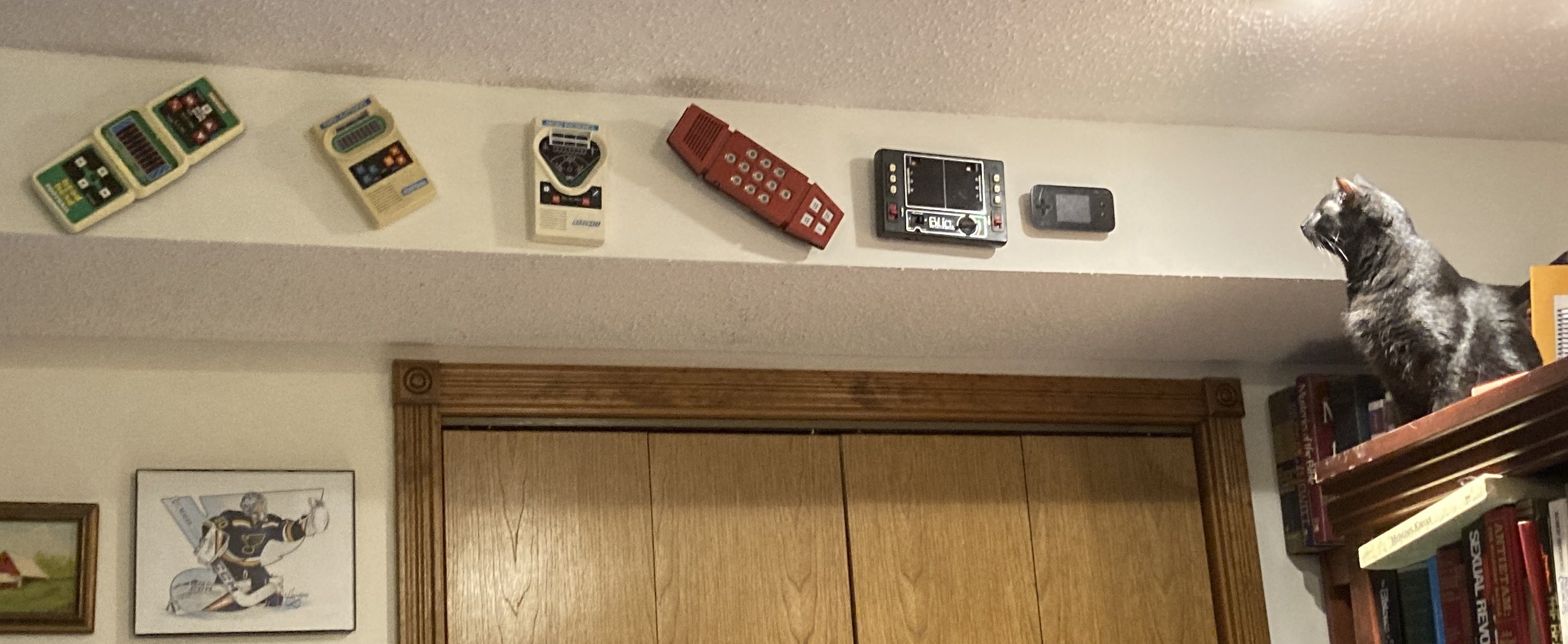



 Old movies had
Old movies had  As I read the first in this series,
As I read the first in this series, 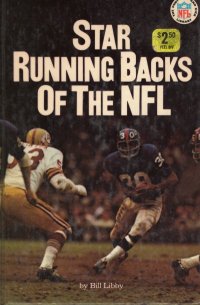 Gentle reader, you might know I am a sucker for children’s books on celebrities or sports figures. For example:
Gentle reader, you might know I am a sucker for children’s books on celebrities or sports figures. For example:
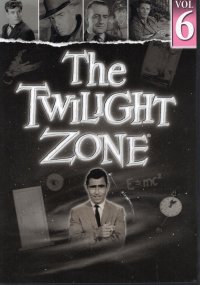 My beautiful wife gave me the first season of the original Twilight Zone series, probably not long after I read
My beautiful wife gave me the first season of the original Twilight Zone series, probably not long after I read 
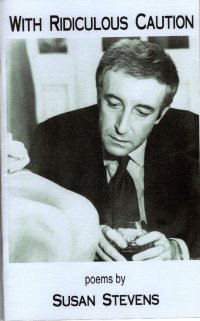 I just picked this chapbook up
I just picked this chapbook up 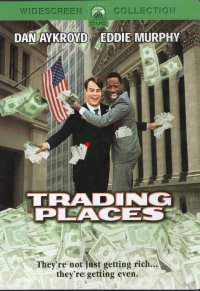 This film comes from the early middle 1980s, and it’s definitely a product of its time.
This film comes from the early middle 1980s, and it’s definitely a product of its time.  A book review of F.M. Busby’s Cage A Man, the first part of the Demu Trilogy, prompted me to pick up this book (as
A book review of F.M. Busby’s Cage A Man, the first part of the Demu Trilogy, prompted me to pick up this book (as 
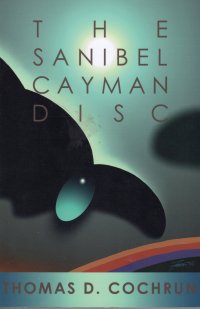 I must confess to you, gentle reader, that it took me three tries to make it through this book. The first, no doubt, was during or not long after our vacation to Florida which included a stop on Sanibel Island
I must confess to you, gentle reader, that it took me three tries to make it through this book. The first, no doubt, was during or not long after our vacation to Florida which included a stop on Sanibel Island  I thought I might have just picked this up at the Friends of the Springfield-Greene County Library Book Sale
I thought I might have just picked this up at the Friends of the Springfield-Greene County Library Book Sale 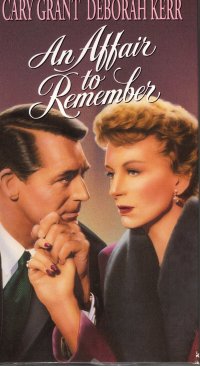 “Didn’t you just watch this movie?” my beautiful wife asked as she passed through the den the evening which I watched this film. No, gentle reader; we know I watched
“Didn’t you just watch this movie?” my beautiful wife asked as she passed through the den the evening which I watched this film. No, gentle reader; we know I watched  I bought this book
I bought this book